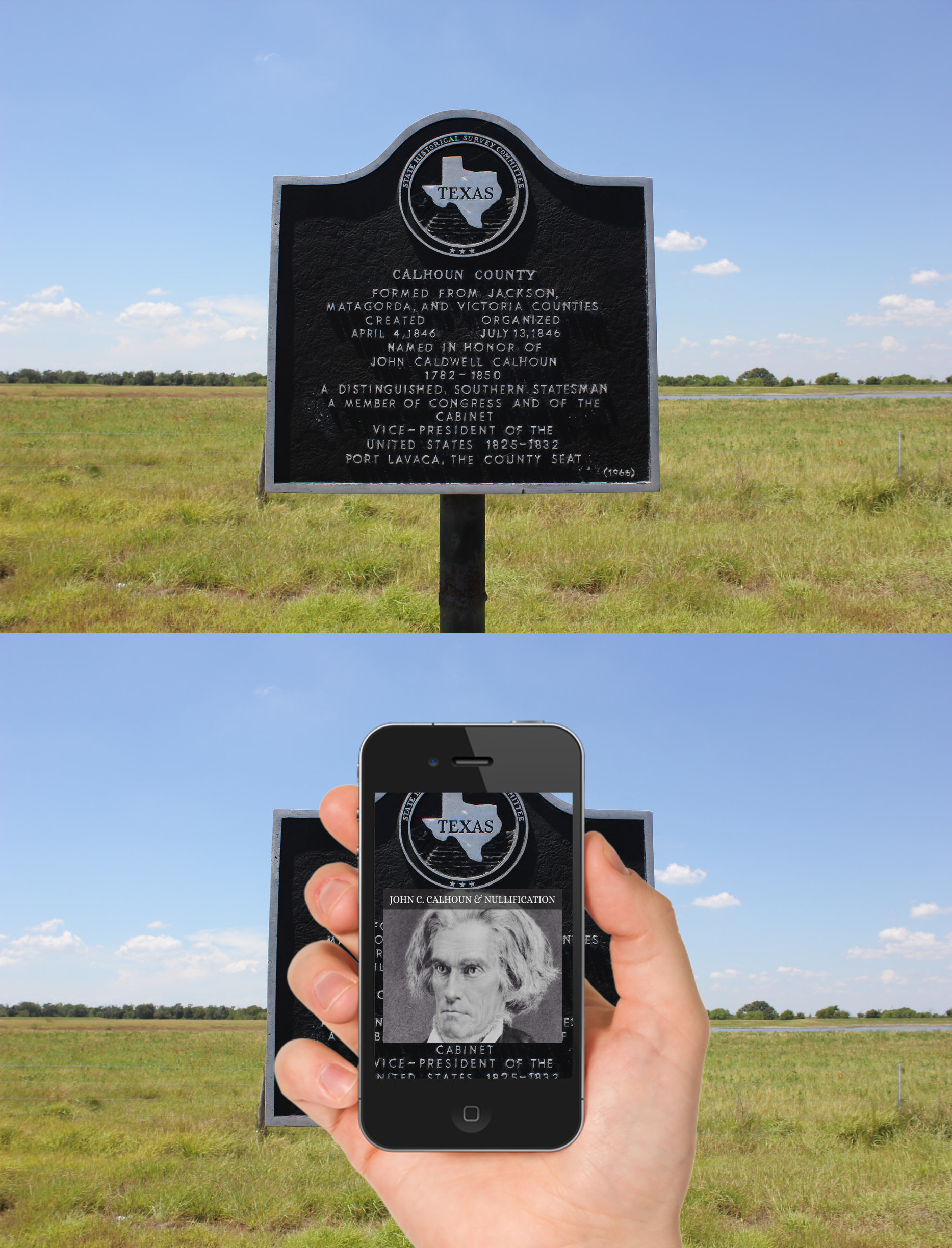Digital Space and Place
Northeastern University, Spring 2018
April 4th: Augmented Reality
Introduction
Augmented reality (AR) has become an increasingly popular technology: overlaying digital media (images, video, text, sound, etc.) onto “real-world” objects and locations, most often experienced by looking through the camera lens a smartphone, tablet, or other electronic device. AR’s “moment” arguably came in the summer of 2016:

Source: Wikipedia
Augmented reality brings up a host of fascinating questions for how societies create space and experience place. Today, we’re going to be creating our own (very basic) augmented reality experiences to get us thinking about this technology, its creation, and its implications for the humanities and social sciences.
Getting Familiar with the Technology
The current standard for augmented reality is the Unity game development platform. It also has a steep learning curve and requires a fair bit of installation steps on your computer. Instead, we’re going to be using a much lighter-weight application called HP Reveal (formerly Aurasma). This has very limited options in terms of customizing the AR experience, but it is useful for getting our feet wet. If you are interested in learning how to use Unity, I would suggest Jacob Greene’s tutorial at Programming Historian.
First, sign up for an account with HP Reveal and then download the accompanying mobile app on your phone. Although you can technically create new AR content in this mobile app, it’s best to use the web browser version of HP Reveal (“Studio”) to create content and the mobile app to experience it.
It’s helpful to think of two different AR components: triggers and overlays. A trigger is some kind of marker that, when a user sees it through their camera will “trigger” new content to get overlaid on top of the trigger. This content is the overlay. A real-world example might be: a historical marker on the side of a highway is a trigger. When a user looks through their camera using the app, it will recognize the historical marker as a trigger and then overlay a historical image onto it as the overlay:
 Source: Jacob Greene, “Introduction to Mobile Augmented Reality Development in Unity” Programming Historian. Based on an original photograph by Nicholas Henderson.
Source: Jacob Greene, “Introduction to Mobile Augmented Reality Development in Unity” Programming Historian. Based on an original photograph by Nicholas Henderson.
Create your first AR experience
To create your first AR experience, we’re all going to use a common trigger: our old friend Yi-Fu Tuan’s book Space and Place: The Perspective of Experience.

Source: Amazon
Log in to your HP Reveal account in a browser and click Create new aura. Upload a trigger image (in this case, the above JPG of Tuan’s book cover). Once you have the trigger image, you’ll need to add the overlay, or what will appear on top of the book cover on your user’s mobile screen. For the overlay, choose any image that you think in some way embodies or relates to Tuan’s theory of place and upload it to your trigger image.
Now open up the mobile app and see if you can get your AR experience to load. Does the image appear when you point your camera at the real-world cover of Tuan’s Space and Place?
Build an Augmented Reality “Exhibit”
We’re now going to create an AR experience for our own museum “exhibit”: the History Department in Meserve Hall. We’re going to pretend that the second floor of this building is an exhibit of some kind. Build at least three trigger + overlay pairs to construct an AR experience for a visitor to Meserve Hall.
Once everyone has a working “exhibit”, follow one other person’s account using your HP Reveal mobile app and go through their “exhibit.” As you do so, think about:
- What worked? How does this add to the visitor experience of the “exhibit”?
- What didn’t work? Does any of this detract from the experience?
- How does AR fit with some of the theories of space and place that we’ve read about during this semester?